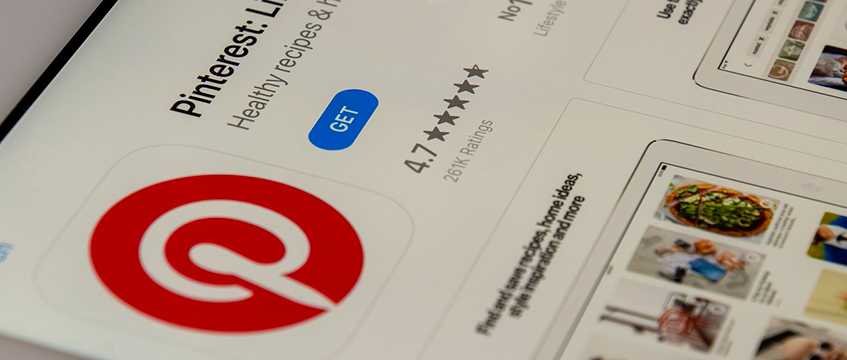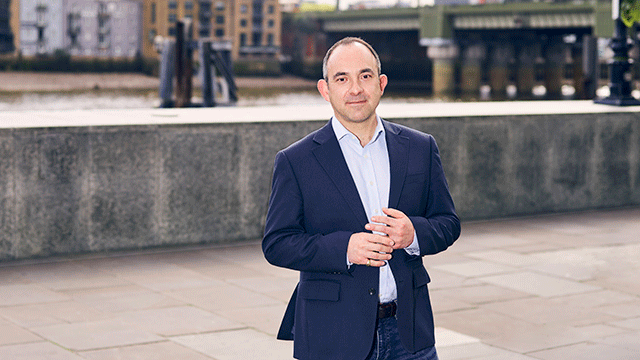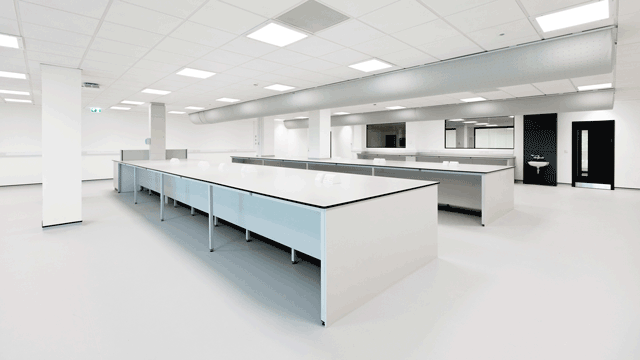Figures from Radius Data Exchange indicate that 3.4m sq ft was let in London during Q2 2018, representing a 13% increase on the same period last year, and an increase on the five-year and 10-year quarterly averages of 5% and 18% respectively.
Combined with Q1 activity, this has resulted in an opening six months of the year which is in line with the previous five years.
Of critical importance to this was the Chinese Embassy’s deal to take more than 580,000 sq ft at the yet-to-be-built Royal Mint Quarter, EC3, paying a premium of more than £200m to acquire the pre-development space, and helping the City Core market reach take-up levels that exceeded the five-year average by 53%.
The embassy deal alone represents 17.3% of London’s overall office take-up across Q2 – one of the largest proportions for a single deal in a given quarter. Over the past five years, only Google’s mammoth 860,000 sq ft deal at King’s Cross, N1, in the opening three months of 2013 shows a larger percentage, at 32.5%.
Four out of the six main submarkets show a decrease on five-year take-up averages, with only the West End joining the City Core in showing a positive trend. The Southern Fringe suffered most acutely, with the figures indicating a 73% drop against the same period in 2017, and a 51% drop on the five-year quarterly average.
The third-best performing submarket was the City Fringe, which saw 417,000 sq ft transacted between April and June – a 91% increase on the previous quarter, but still 4% below the five-year average, which stands at 435,000 sq ft.
Take-up drivers
The Chinese Embassy deal again made its presence felt in the take-up by sector analysis, with government bodies accounting for 19.9% of activity in Q2, marginally pipping the serviced office sector, which accounted for 19.7% of take-up.
TMT found itself in an unfamiliar third position, with just 16.8% of occupiers taking new space in London this quarter falling into the tech sector.
This is the first time that TMT operators do not fill one of the top two slots for driving take-up since Q4 2016, when another large government deal – the GPU at South Colonnade, E14 – dominated the statistics.
Two elements which proved vitally important to London take-up in Q1 once again came through to boost occupational volumes between April and June – namely transactional volume and development space.
Overall deal volumes hit 384 in Q2, becoming the seventh consecutive quarter in which more than 350 deals were struck, the longest such streak since EG began tracking the market – and making it the second-busiest Q2 on record, losing only to Q2 2015 which saw 446 deals completed.
Along with the pre-development space at Royal Mint Quarter; deals for units currently under construction at Canalside Walk, W2, and 1 Finsbury Avenue, EC2, mean 32% of overall take-up so far in 2018 is for office space that is either currently being built, or has not yet started.
If this percentage is maintained throughout the year it will represent the highest proportion of London take-up attributed to development space over the past decade – with the closest being 29% in 2008. Facebook’s mammoth pre-construction deal agreed at the beginning of Q3 will only accelerate this possibility – but with these units flying off the shelves, are we heading towards a supply crunch for new space?
Holding back?
Given how well those development spaces are letting, it is lamentable that an exacerbation of a 10-year long trend has continued this year, with availability of pre-development space hitting a decade low of 7m sq ft at the end of Q2.
This is partially explainable by the fact that a single deal of over 580,000 sq ft has impacted that figure, but with Radius Data Exchange planning data indicating that there is 16.6m sq ft of office space sitting at permission across central London – there would surely have been enough to fill the vacuum created by the letting at Royal Mint Court, had there been the desire to bring the space to market.
Big spenders
Radius Data Exchange records just over £4.5bn as having transacted in Q2 – representing a 67% increase on the first quarter, and a 32% increase on the same period last year.
These figures mean that H1 investment totalled £7.2bn – beaten only in the previous five years by 2015, which saw £8.5bn change hands.
Four out of the five largest deals were to Chinese, Singaporean and Korean investors, with those deals accounting for £2.2bn (48%) of the overall spend, and reflecting the recent phenomenon of overseas buyers flocking to the market en masse – something which certainly wasn’t the case a decade ago.
Radius Data Exchange investment analysis shows that for the first half of 2008, domestic buyers accounted for around 62% of the overall spend in acquiring London office assets, whereas so far this year, UK players have only comprised 23% of overall investment.
To send feedback, e-mail graham.shone@egi.co.uk or tweet @GShoneEG or @estatesgazette
To find out more about Radius Data Exchange, visit www.egi.co.uk/radiusdx










